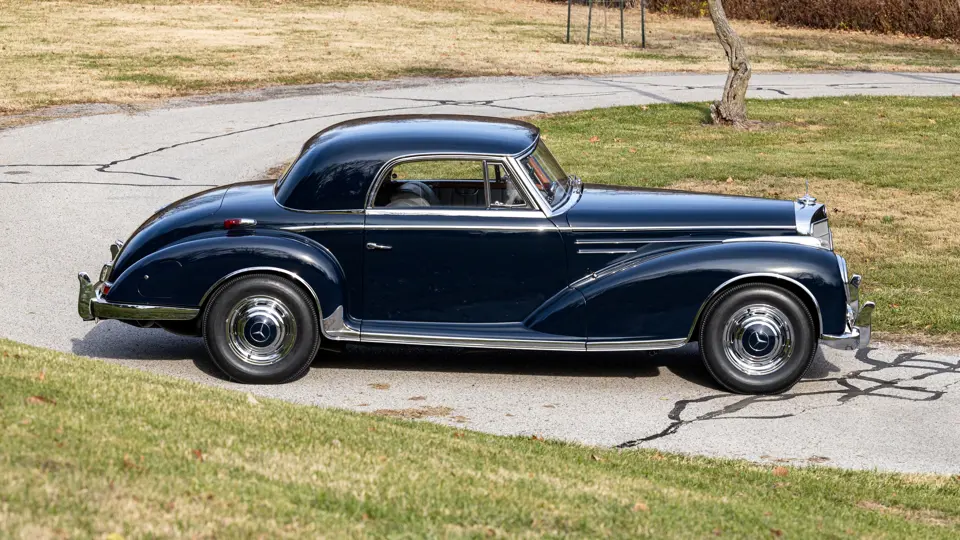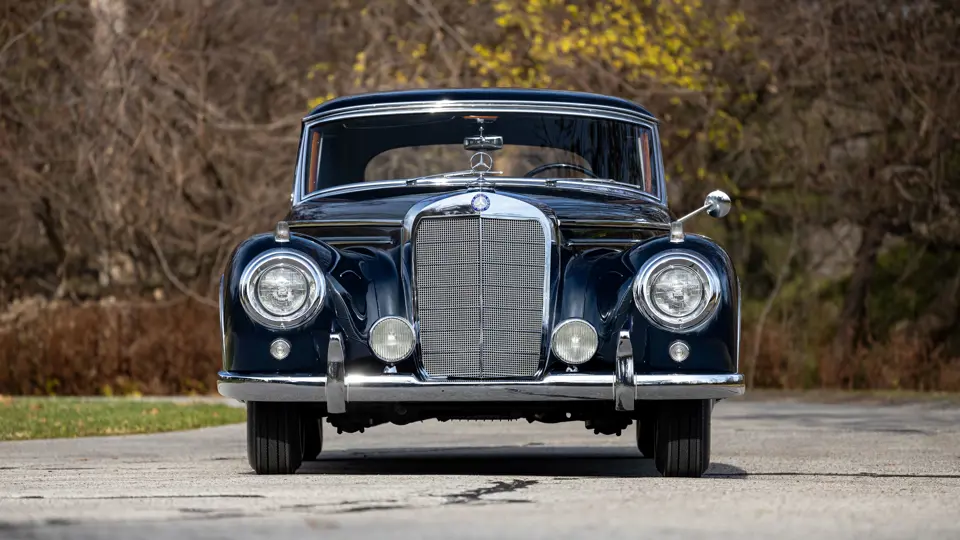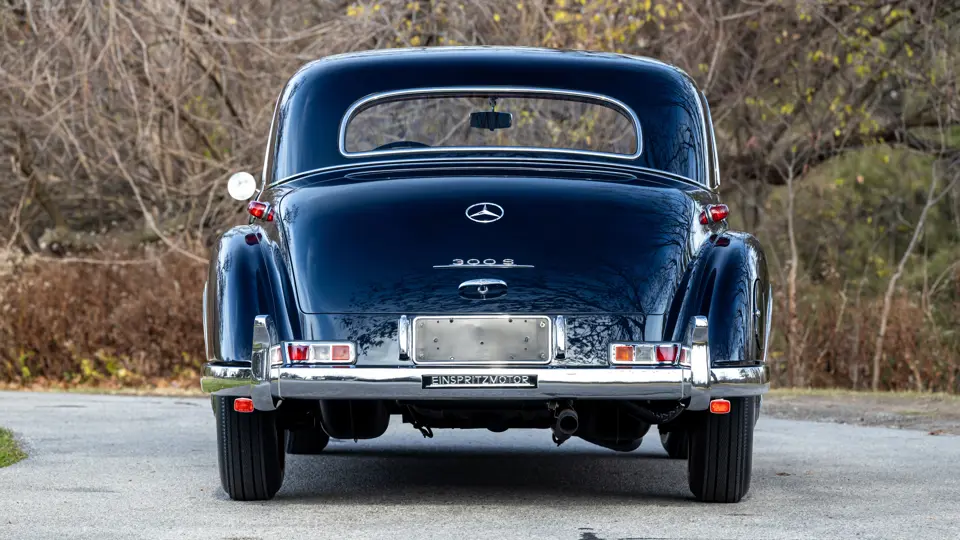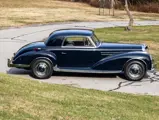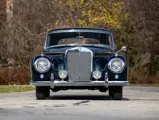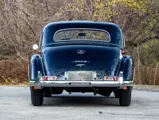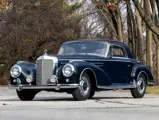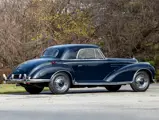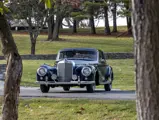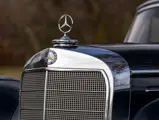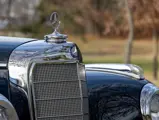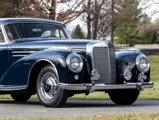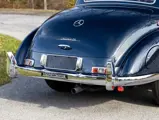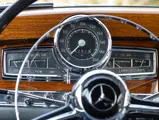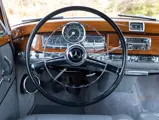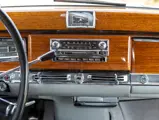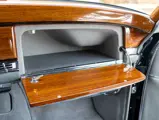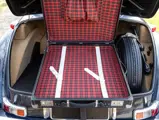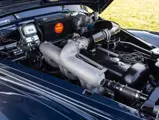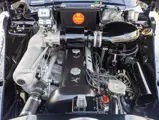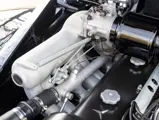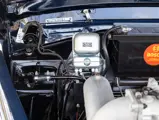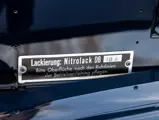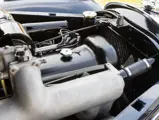
1956 Mercedes-Benz 300 Sc Coupe
{{lr.item.text}}
$475,800 USD | Sold
{{bidding.lot.reserveStatusFormatted}}
- One of only 98 300 Sc Coupes built
- Wonderfully presented older restoration
- Retains original chassis, engine, and body
- The fastest early post-war Mercedes-Benz, boasting factory mechanical fuel-injection
- Accompanied by a copy of its Mercedes-Benz data card and Baer Classics luggage
The Mercedes-Benz 300 is a highly significant automobile to the history of the company, as it represented the German automaker’s robust return to production following World War II. While the firm was forced to focus on smaller automobiles for practical transportation, it also revived its racing program—which offered both publicity and engineering benefits—and set its sights on once again becoming known as a manufacturer of luxury automobiles that would be the envy of all others worldwide. The 300 was the standard-bearer for that quest, based on a new tubular steel chassis with independent suspension and featuring handsome coachwork that combined the best of the Classic Era and modern lines into one striking whole.
Mercedes-Benz recognized that the 300 saloon and four-door Cabriolet D would not be sufficiently powerful or exclusive for their most well-heeled customers. Thus, in October 1951, it introduced the 300 S, available by special order in coupe, roadster, and cabriolet body styles, and powered by a street-tuned, triple-carbureted version of the engine from the 300 SL racecar. Each 300 S was carefully hand-crafted by the company’s skilled artisans and featured superb build quality with the very finest materials, including rich solid wood trim and armchair-like seats lined with the most sumptuous German leathers.
In September 1955, the 300 S was succeeded by the ultimate touring version of this platform, the 300 Sc, equipped with a new Bosch fuel-injected variant of the 300-series engine. This was the fastest of the 300s and, of course, the most desirable; it was also the most limited, with only 200 made across all three body styles before production ended in 1958. The coupe accounted for nearly half of this number—98 cars—which still made it one of the rarest luxury automobiles in the world.
The 300 Sc Coupe offered here is identified on its data card as having been sold new to an individual in Frankfurt, Germany, and originally finished in Schwartz (DB 40) over Red leather (1079) with a Becker Mexico radio, an automatic antenna, and sealed-beam headlights as options. The data card further confirms that the car has retained its original chassis, engine, and body as confirmed by the evident stampings today. The car is said to have been previously restored by marque experts to concours standards and currently presents beautifully with a Dark Blue exterior over gray leather. Additionally, the coupe is accompanied by a stylish set of black leather Baer Classics luggage with tartan linings.
With the sleek but comfortable enclosed coupe body and its accommodating space for a driver and three passengers, this car can turn heads at the opera gala as easily as it satisfies driving desires on long-distance tours. That was certainly Mercedes-Benz’s idea from the outset: to build a thoroughly modern car that echoed the magnificence of great classics.




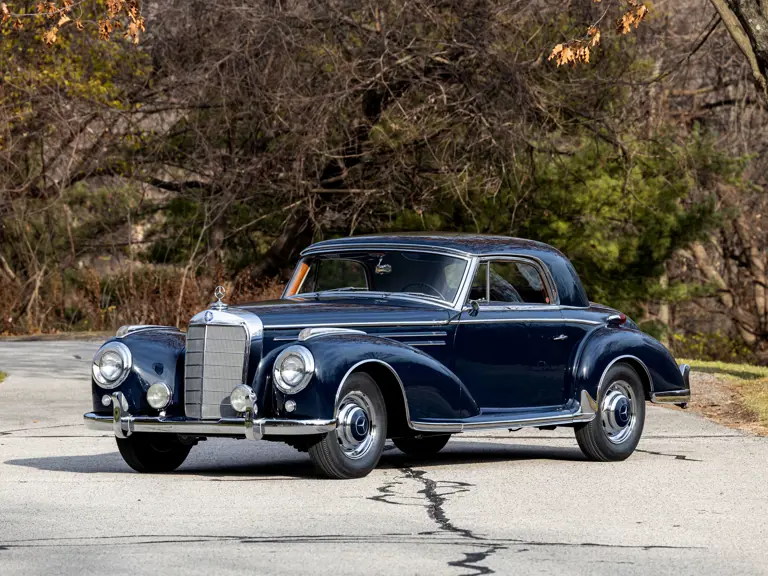
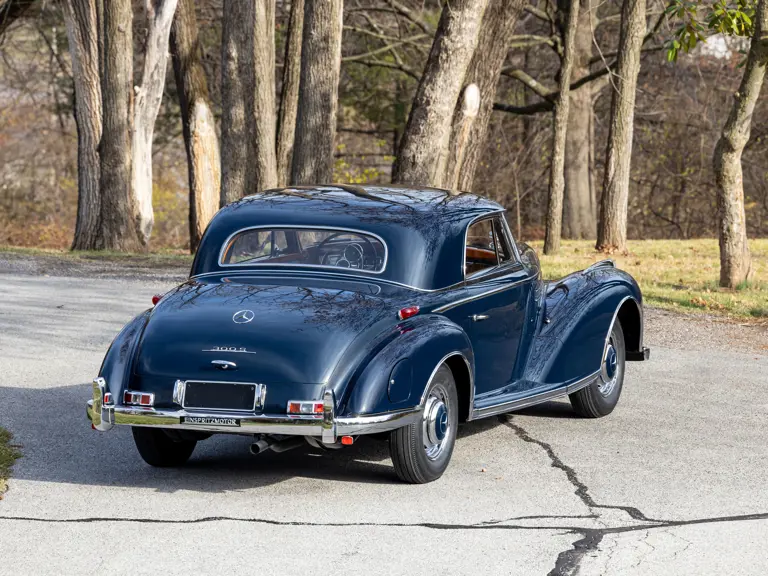

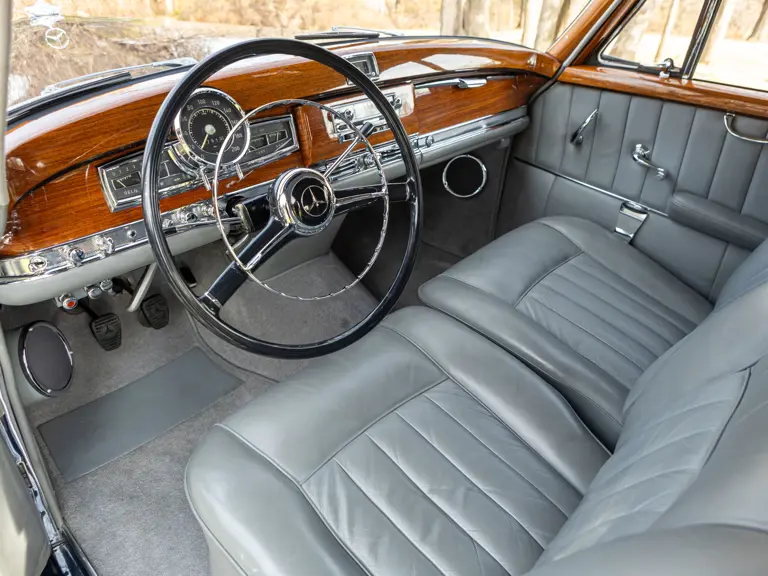
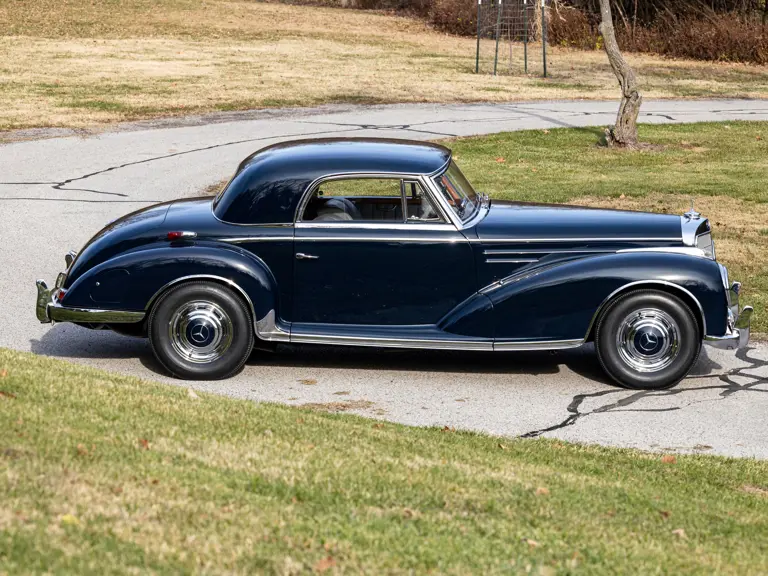
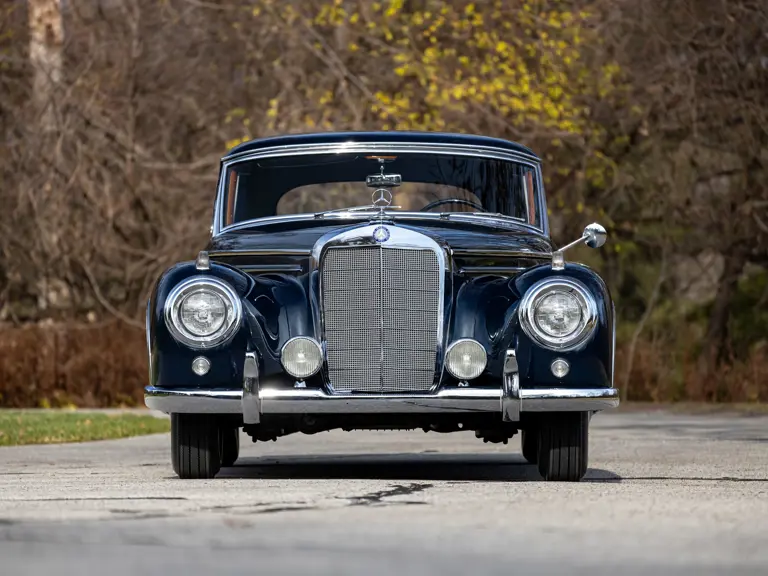
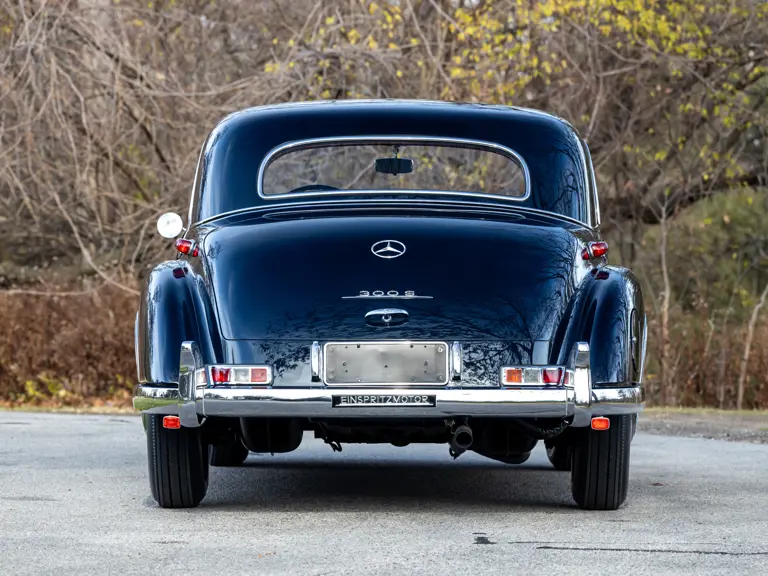
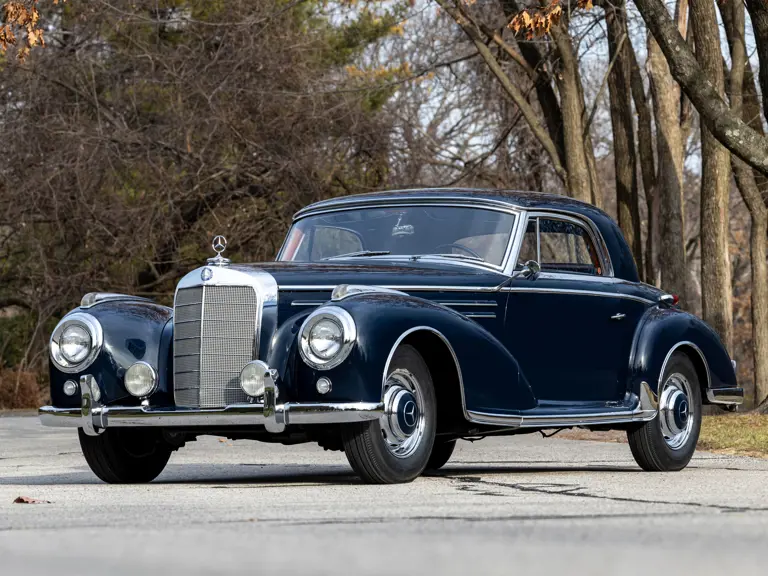
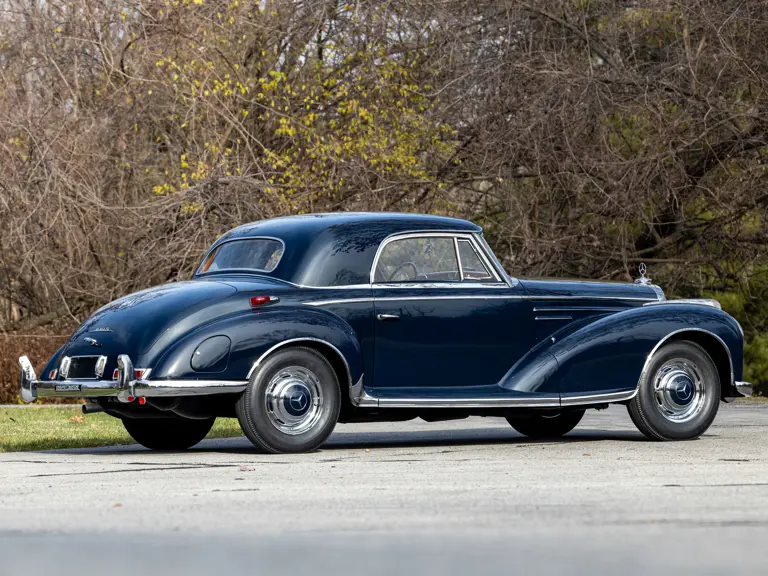

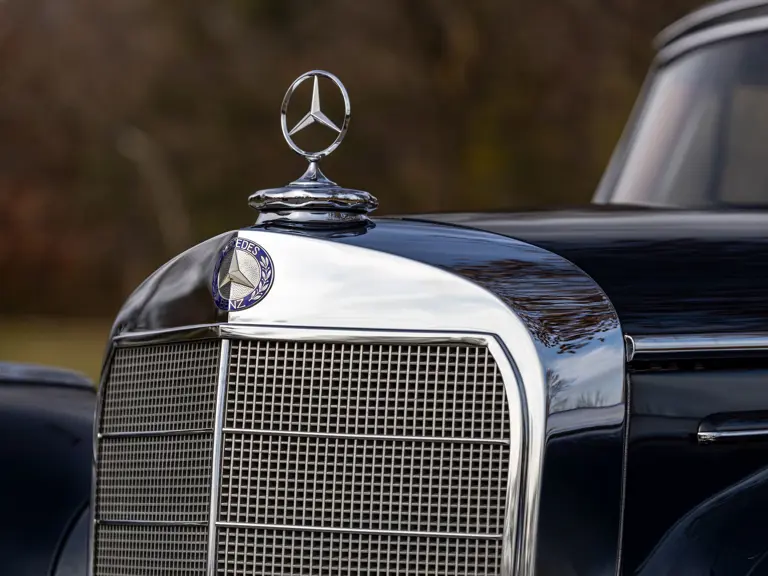
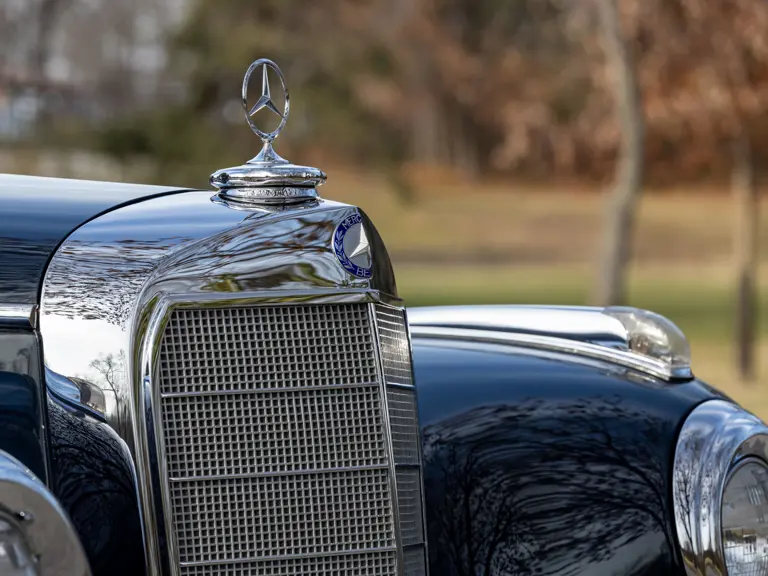
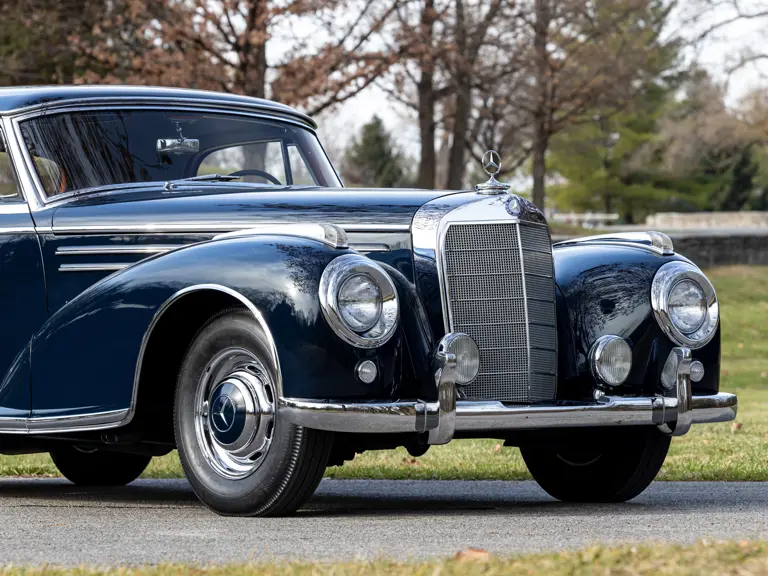

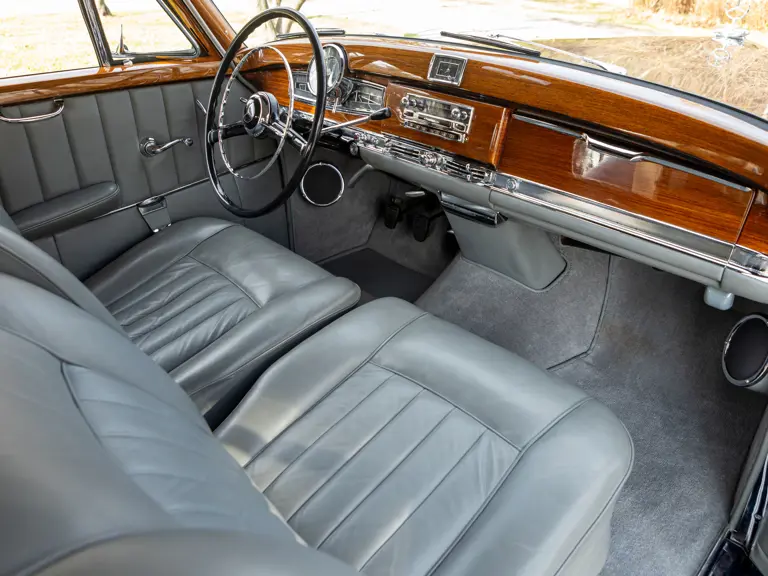
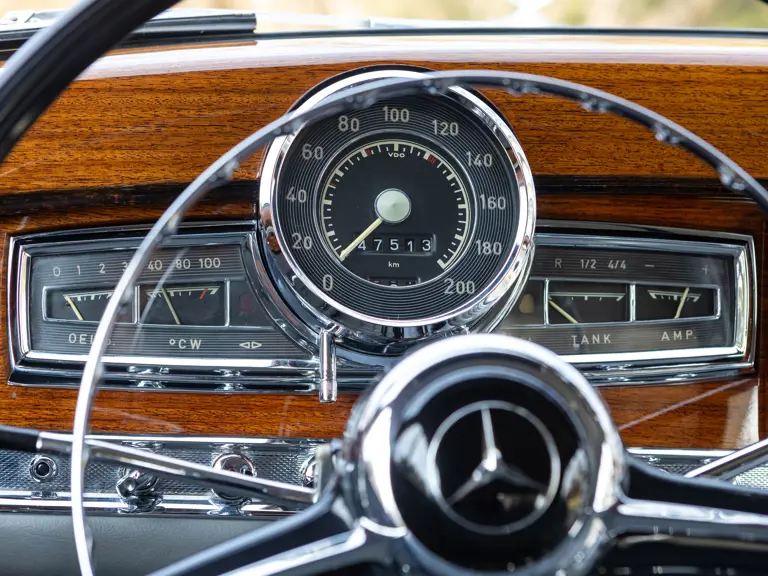
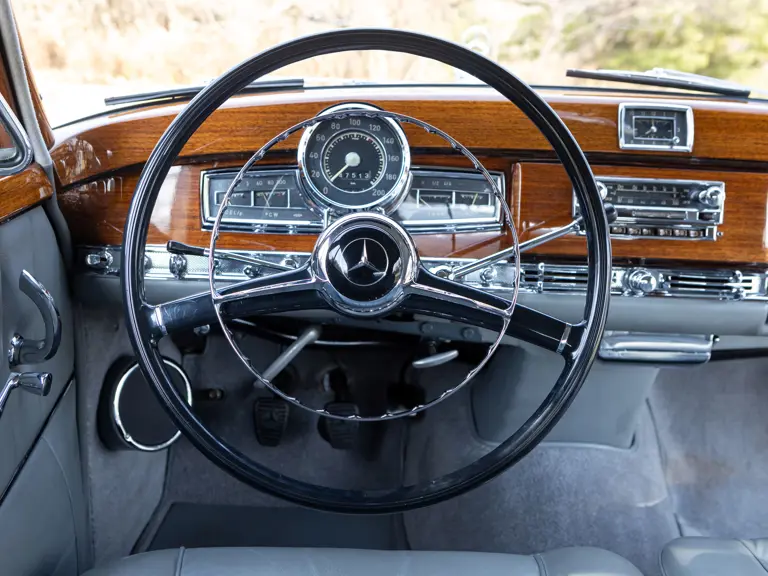

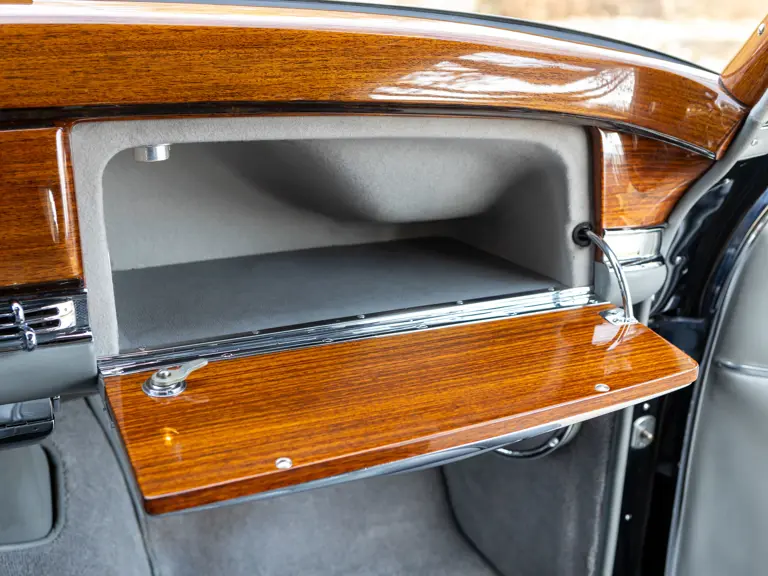
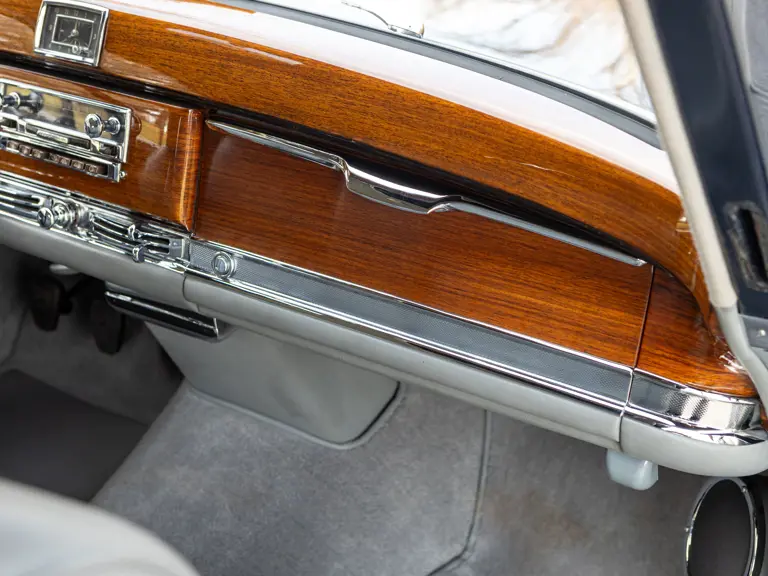
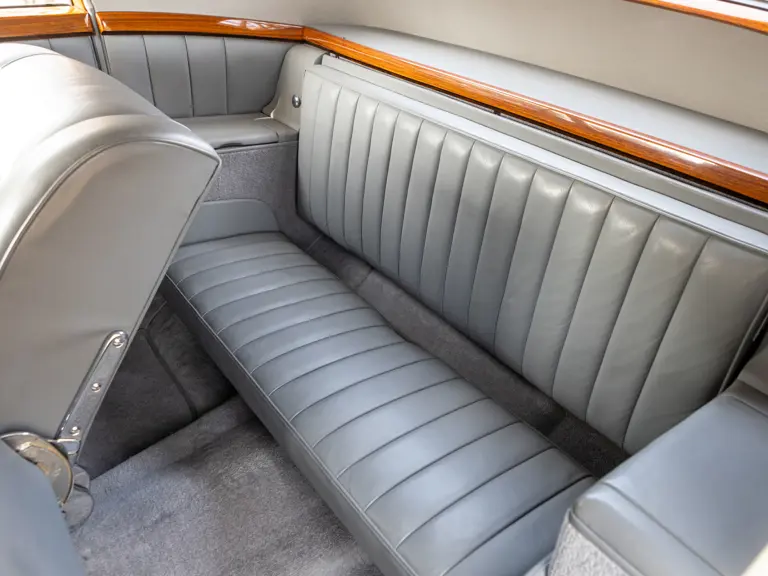
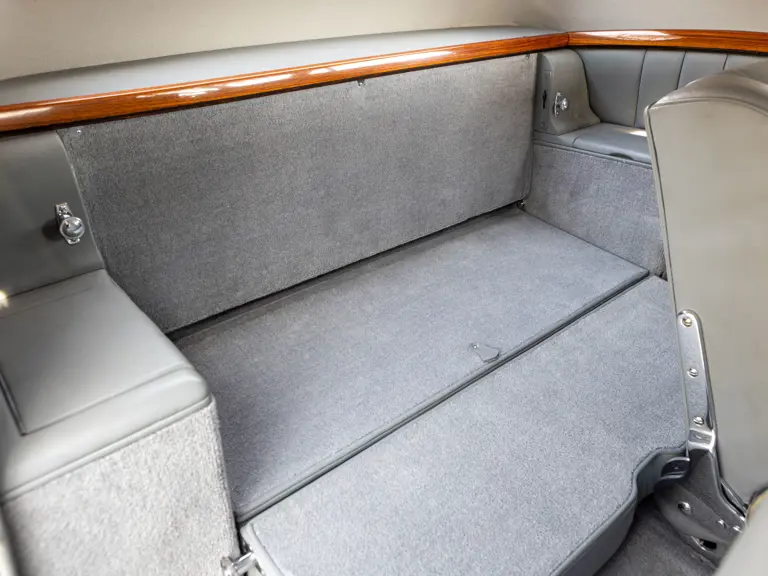
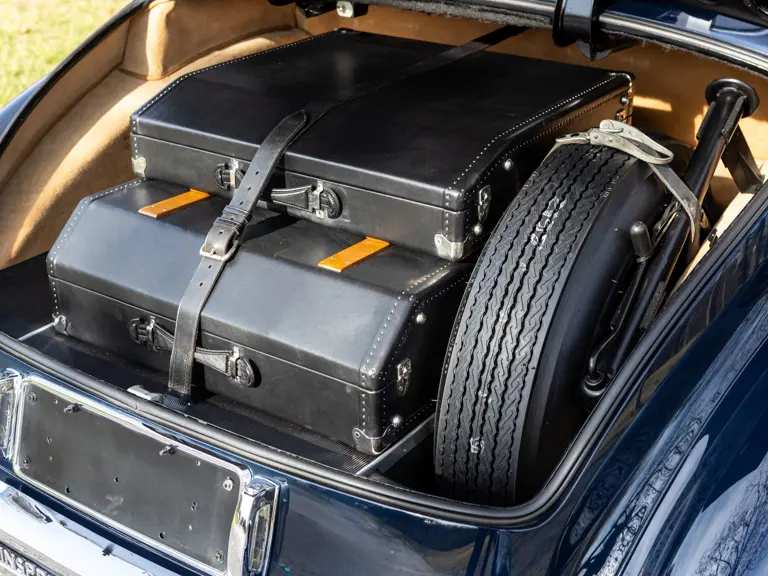
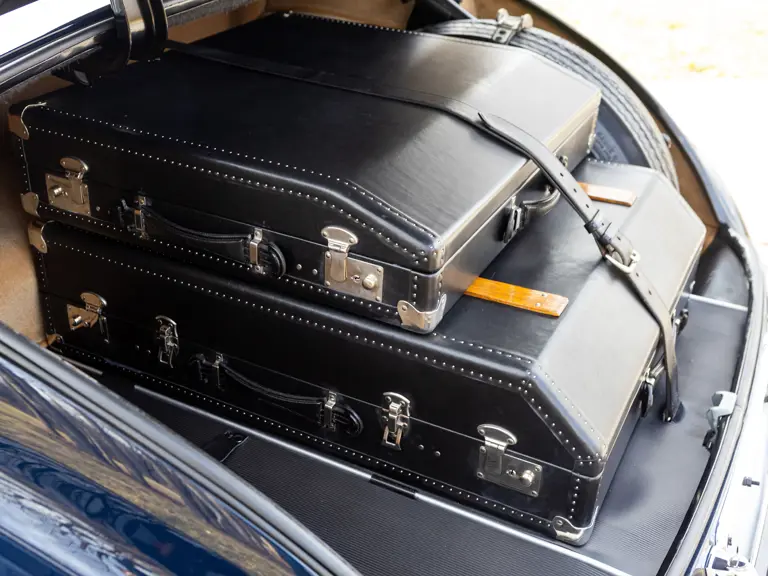
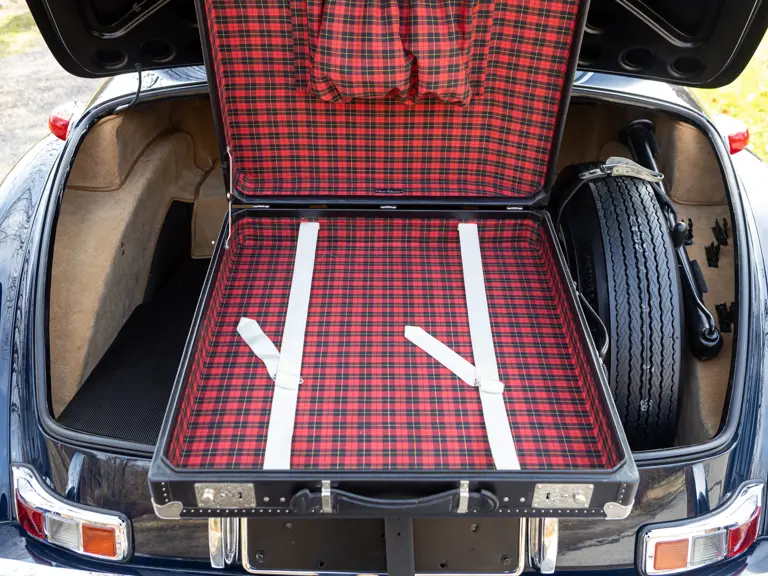
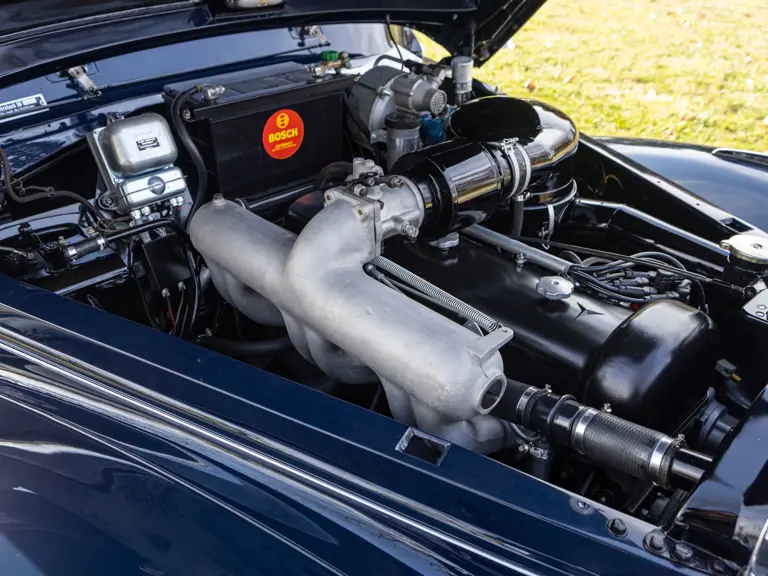

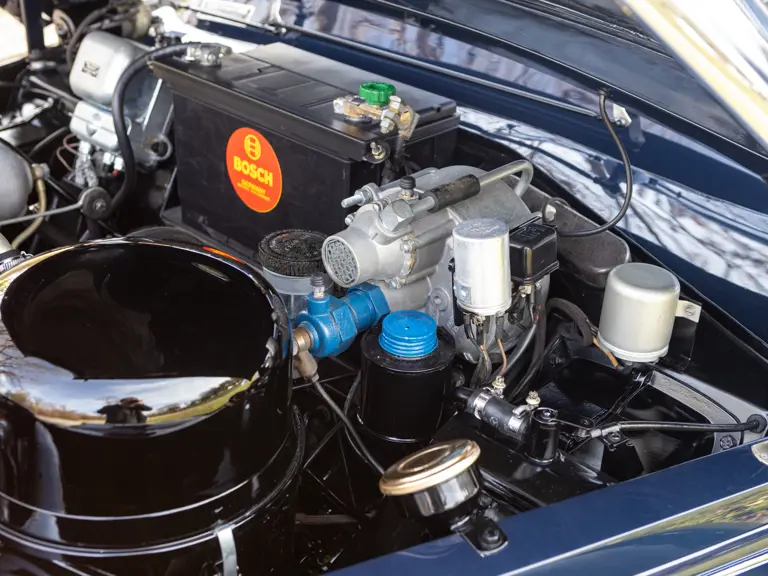
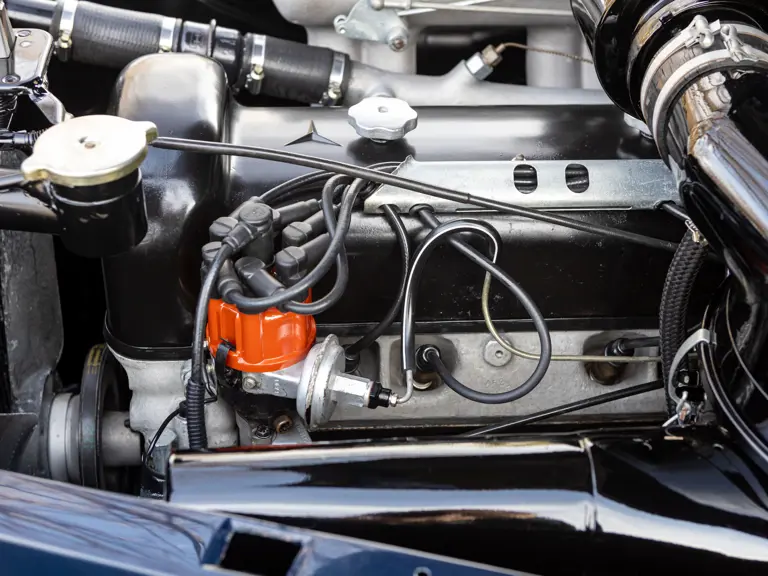
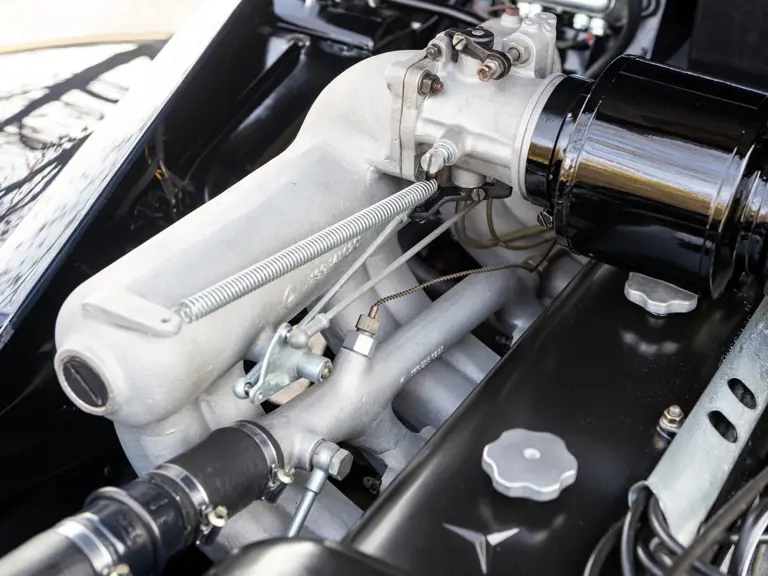
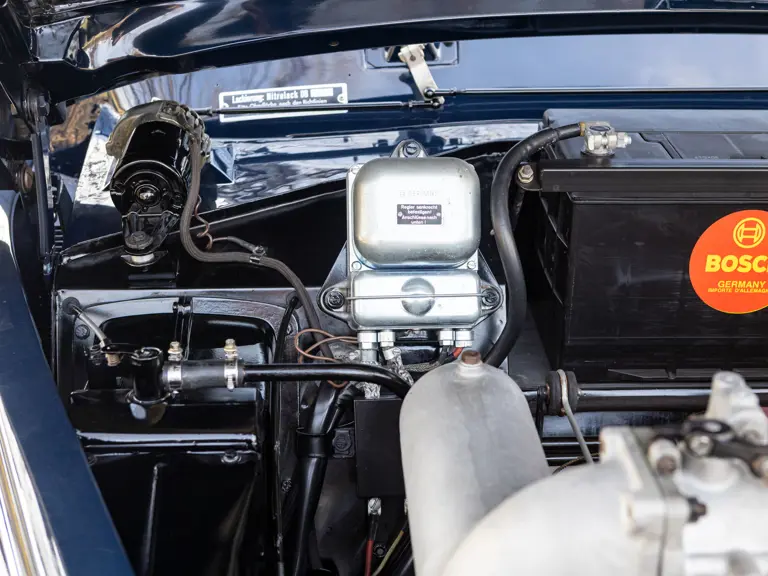
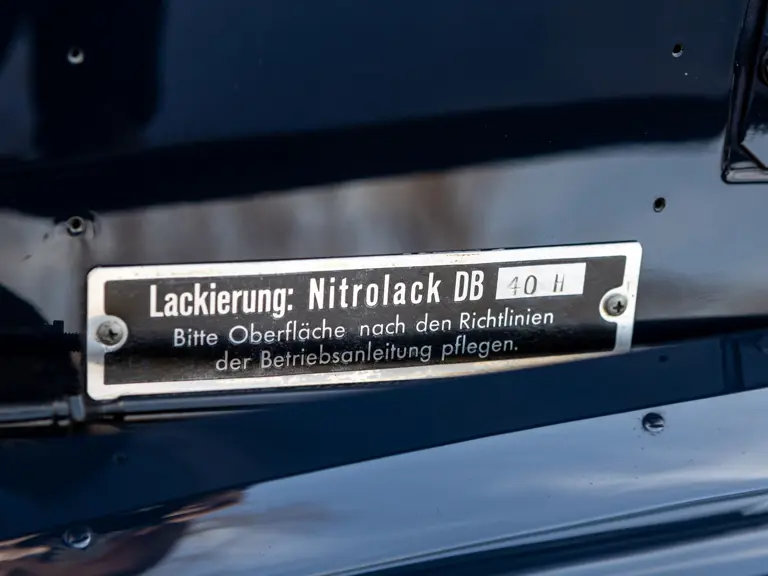
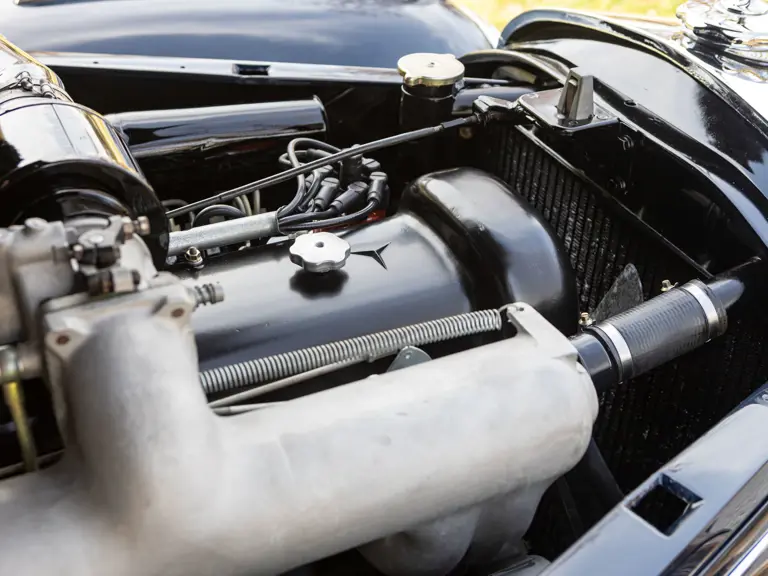
 | Phoenix, Arizona
| Phoenix, Arizona
